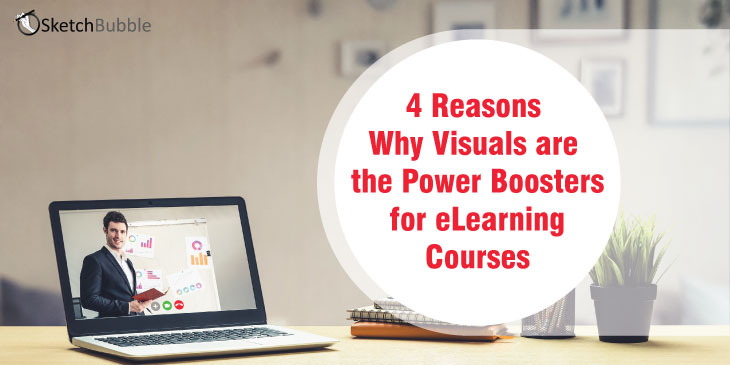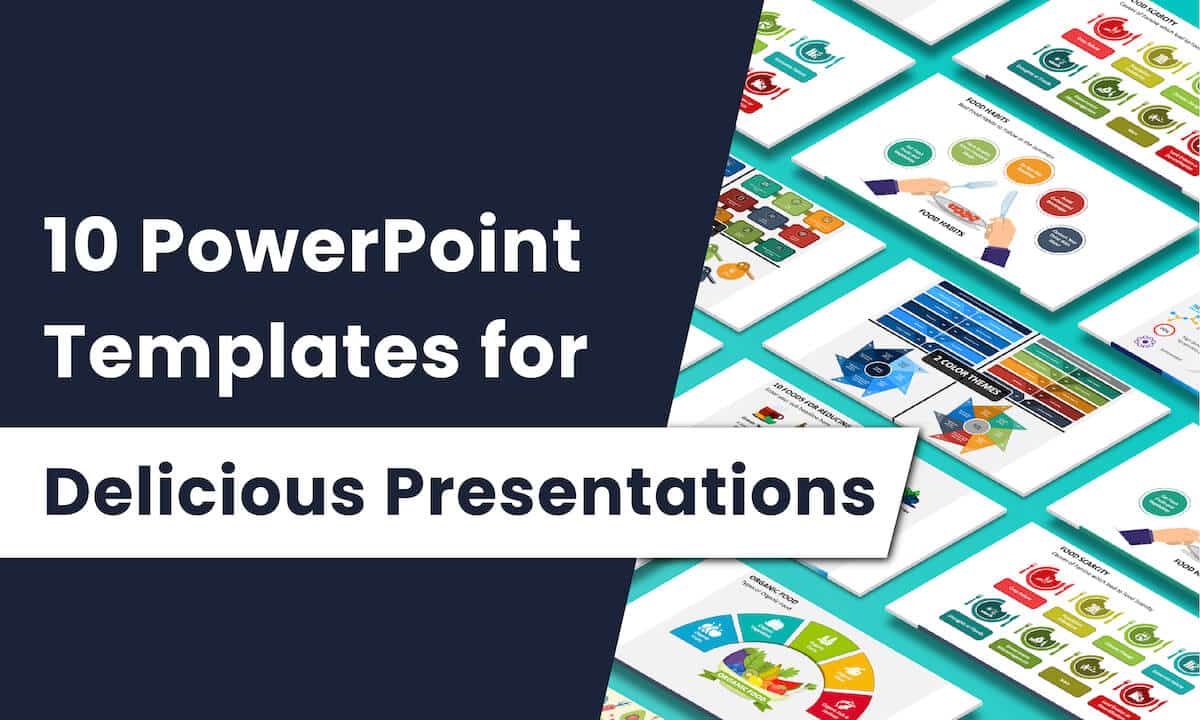
In today’s digital era, visualization has become an integral part of learning and education. Visuals are the most comprehensive communication language that learners from different cultural backgrounds can easily and quickly understand. And if we talk about online courses, visuals are undoubtedly the soul of eLearning. However, visuals can’t replace the content, but they can create a stronger and quicker impact on the brain than text.
Wondering what else visuals can do in improving your eLearning outcomes? Let’s dig deeper!
1. Visuals Get Itched into Long-Term Memory
Our brain retains words in short-term memory while the visuals get stored in long-term memory. Thus, the information presented through images, infographics, charts, and diagrams is more likely to be remembered by the learners for a longer time. To your surprise, our brain can retain the visuals that appear for just 13 milliseconds and can sense a scene or image in less than 1/10 of a second.
2. Makes the Comprehension of Complex Topics Easy
Making complex information easy to understand for the learners is one of the biggest challenges. By complementing content with eye-pleasing visuals, you not only make your eLearning course gripping but also easy to interpret.
Visuals give a break to the audience’s mind when they are trying to comprehend complex topics. Moreover, visuals eliminate language ambiguities and the burden of reading through huge blocks of text, thereby affecting the cognitive abilities of the learners.
3. Drives Motivation
Some subjects are uninteresting to read for the students; hence, they feel unmotivated to put in the required concentration. Here, visuals serve as the best bet. Visually impactful graphics, informative videos, and spellbinding images coherently reduce cognitive load and make students more connected to the monotonous topics, thereby increasing their engagement in eLearning courses. The learners recreate the experience in their minds after seeing compelling videos and enthralling images.
4. Triggers Emotional Response
Visuals stimulate emotions that influence the information retention capacity of the learners. Emotional response and visual stimuli combinely leave a strong impression and form memories. These memories, in turn, trigger the cognitive process, thus improving the encoding, storing, and retaining abilities of the students. The information stored in learners’ memory builds the foundation for linking new knowledge and information by association.
The Inference
The high-resolution visuals are the chore of eLearning courses, so they must not be an after-thought. If used properly, visuals can add value to your online courses and appeal to more learners. You can considerably improve the learners’ performance in the areas of finding relationships among topics, organizing and communicating ideas, and reading comprehension by including the relevant animated GIFs, infographics, illustrations, graphs, charts, diagrams, images, and videos.
Found the blog post insightful? Do share it on your Facebook, Twitter, and LinkedIn. Also, share your thoughts in the “Comment” section.

